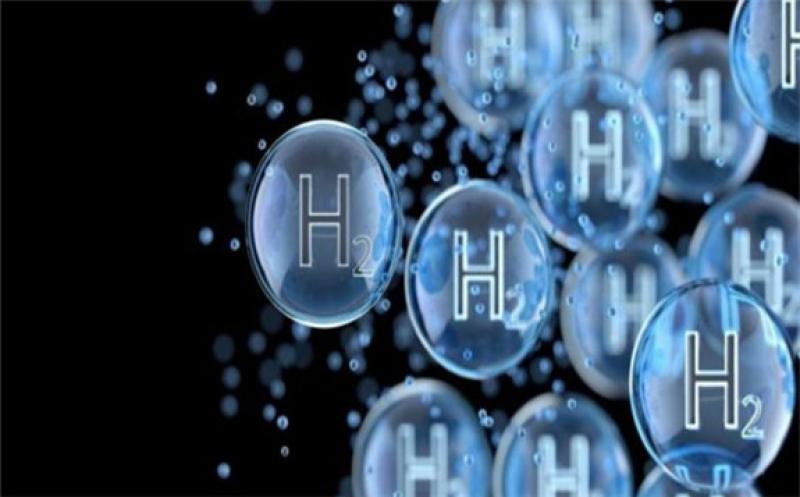Large-scale production of green hydrogen and ammonia is technically feasible in Australia, according to a study conducted by global energy company BP.

Western Australia has the greatest potential to help Australia scale up green hydrogen and ammonia production for local use and for exports owing to the region’s vast potential solar and wind resources.
In addition, Western Australia’s existing infrastructure and proximity to large, long-term markets, makes the region an ideal place to develop large-scale renewable energy for green hydrogen production, according to the study.
In May 2020, BP secured A$1.7 million (US$1.2 million) in funding from the Australian Renewable Energy Agency to conduct the A$4.4 million (US$3.2 million) feasibility study in partnership with GHD Advisory and Lightsource bp.
The study explored the production of low-carbon hydrogen using two scales: a demonstration scale which included 4,000 tonnes of hydrogen making up to 20,000 tonnes of ammonia; and a commercial scale which included 200,000 tonnes of hydrogen making up to 1 million tonnes of ammonia.
Three hydrogen production technologies were used including solar, wind and battery.
Other key findings of the study include:
Significant additional infrastructure investments are required particularly for port, electricity and water; services to scale up green hydrogen production. This follows the release of a study conducted by IHS Markit which found that the lack of infrastructure the biggest threat to hydrogen economy;
The distribution of green hydrogen can be customised to meet customer requirements;
Large scale rollout of green hydrogen fuel will determine the economic returns and commercial viability of the technology.
Jason Fonti, GHD Advisory’s origination and value chain leader, added: “The magic figure is producing hydrogen below $2 per kilo and the pathway to get there is becoming clearer. The study has highlighted that, through innovation, talent, commitment and collaboration, Western Australia can become one of the major exporters of hydrogen in the global market.”
Frédéric Baudry, BP’s Australia president, said the company “strongly supports” the Australian government’s Technology Investment Roadmap, which identified hydrogen as priority low-emission technology essential for the decarbonisation of industrial processes.
“I am confident this study will make a valuable contribution to the government’s strategy to accelerate emerging technologies.
“Our study also confirmed strong demand from potential customers in the hard-to-abate sectors, and for both local and export markets. This has the potential to position Australia as a regional powerhouse of the energy transition.”
BP will work with energy stakeholders and the Australian government to develop solutions for large-scale deployment of green hydrogen.
The hydrogen sector is BP’s strategic area of focus under efforts by the energy company to expand its presence within the renewable energy sector.
With the global production of green hydrogen expected to increase by 57% through 2030 owing to decarbonisation efforts, early market entrants are expected to grab and benefit from opportunities that are likely to rise once the market is mature, according to Frost & Sullivan.
In May, BP announced plans to develop what it claims will be the UK’s largest blue hydrogen production facility in partnership with Venator, Northern Gas Networks and Tees Valley Combined Authority.